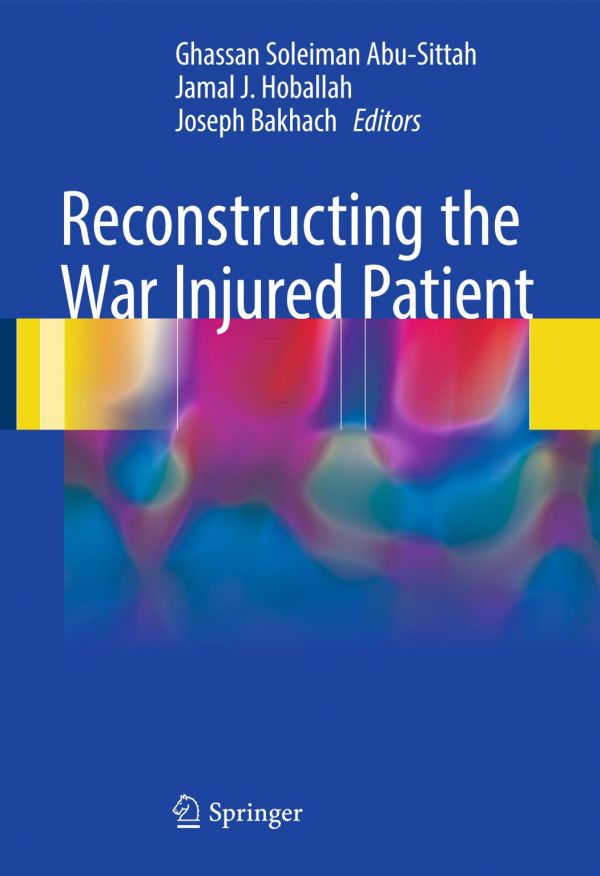

Most ebook files are in PDF format, so you can easily read them using various software such as Foxit Reader or directly on the Google Chrome browser.
Some ebook files are released by publishers in other formats such as .awz, .mobi, .epub, .fb2, etc. You may need to install specific software to read these formats on mobile/PC, such as Calibre.
Please read the tutorial at this link: https://ebookbell.com/faq
We offer FREE conversion to the popular formats you request; however, this may take some time. Therefore, right after payment, please email us, and we will try to provide the service as quickly as possible.
For some exceptional file formats or broken links (if any), please refrain from opening any disputes. Instead, email us first, and we will try to assist within a maximum of 6 hours.
EbookBell Team

4.0
6 reviewsThis text provides a comprehensive and state-of-the art approach to reconstruction of the war injured patient tailored to the types of injuries and patients mostly encountered from the Arab region over the past few years at the American University of Beirut Medical Center, one of the largest tertiary care and referral centers in the area and its affiliated hospitals. The book discusses in detail evidence of literature, new research data and new perspectives about the management and reconstruction of all types of injuries: ophthalmic, head and neck, upper and lower limb bone and soft tissue trauma, trunk, visceral and urogenital injuries as well as vascular and central and peripheral nerve injuries. It also highlights the social burden of these injuries as well as the importance of rehabilitation and psychological support for the war injured. The most recent findings of the change in the microbiology of these wounds and their treatment modifications are also discussed.
Reconstructing the War Injured Patient will serve as a valuable resource for surgeons, clinicians and researchers dealing with and interested in the multiple facets of current war casualty care all the way from the battlefields to the long-term chronic rehabilitation. It includes concise yet comprehensive overviews of the current status of the war casualty patient reconstruction domain. It will help guide patient management based on evidence from literature, clinical and surgical experience and ongoing research. It will also help stimulate investigative efforts in this dynamic and active field of war medicine.